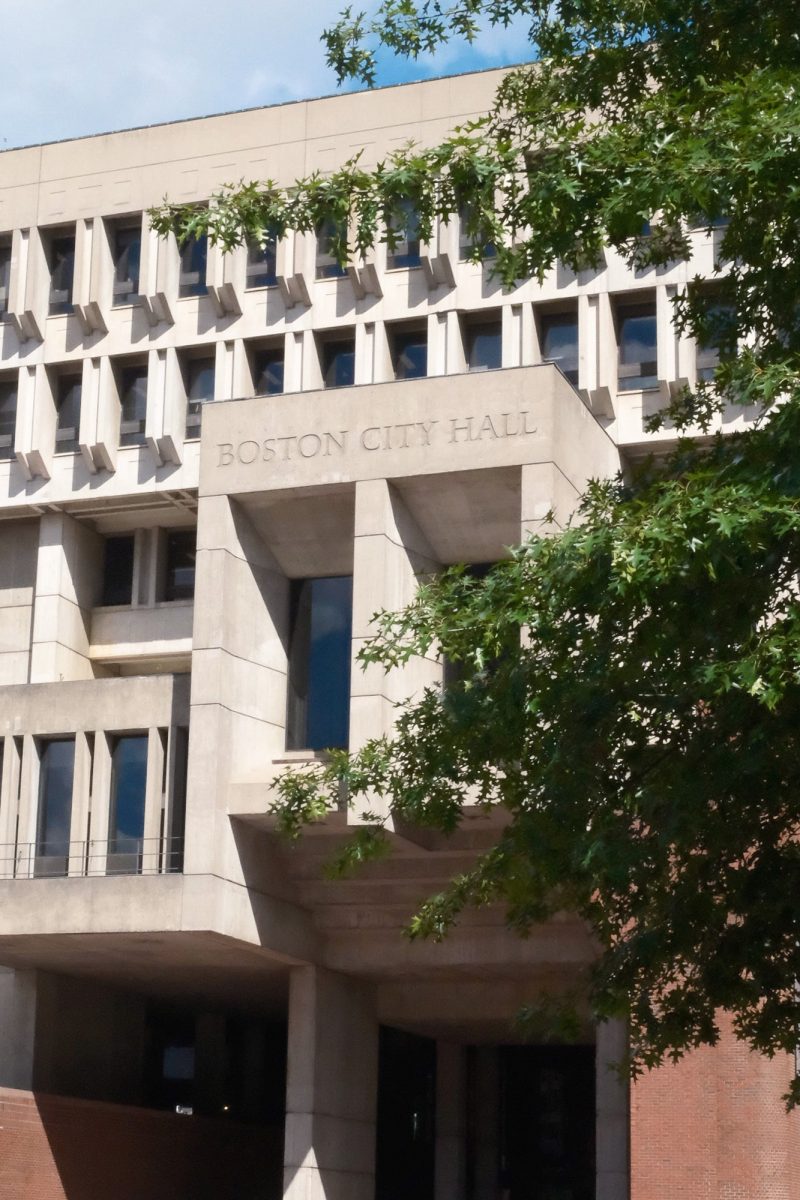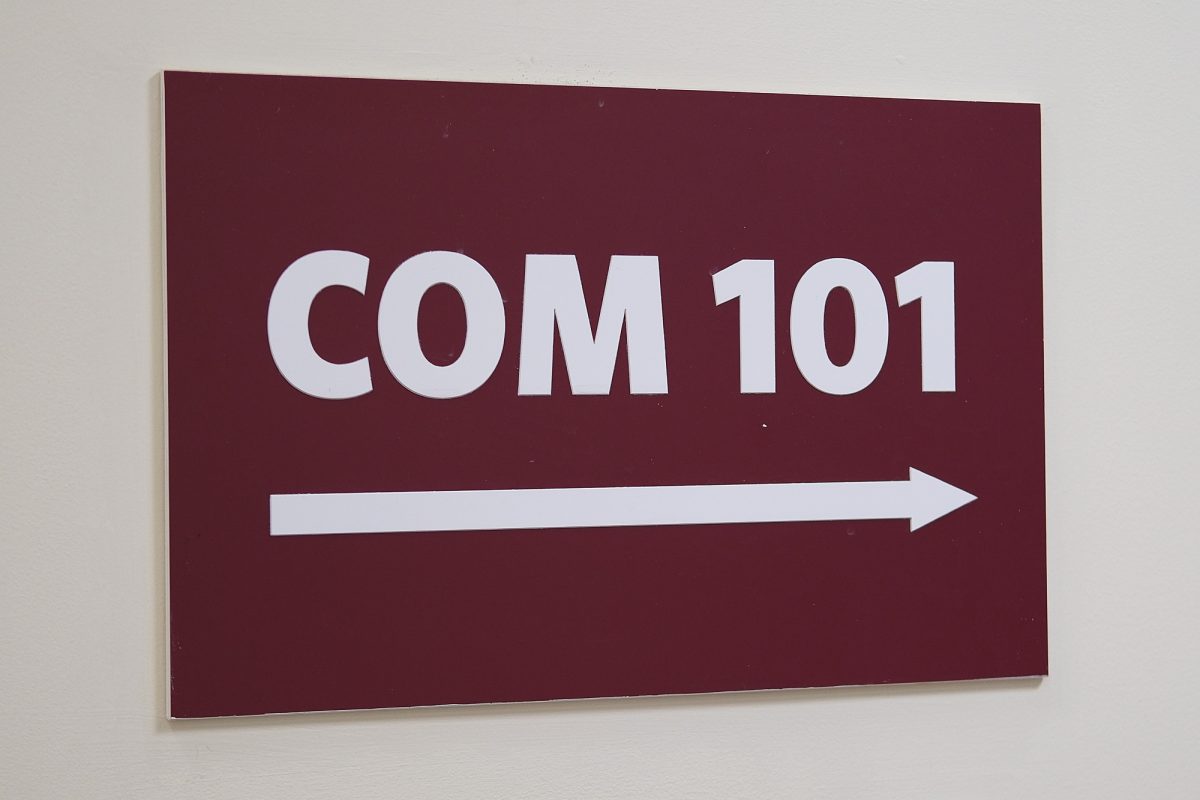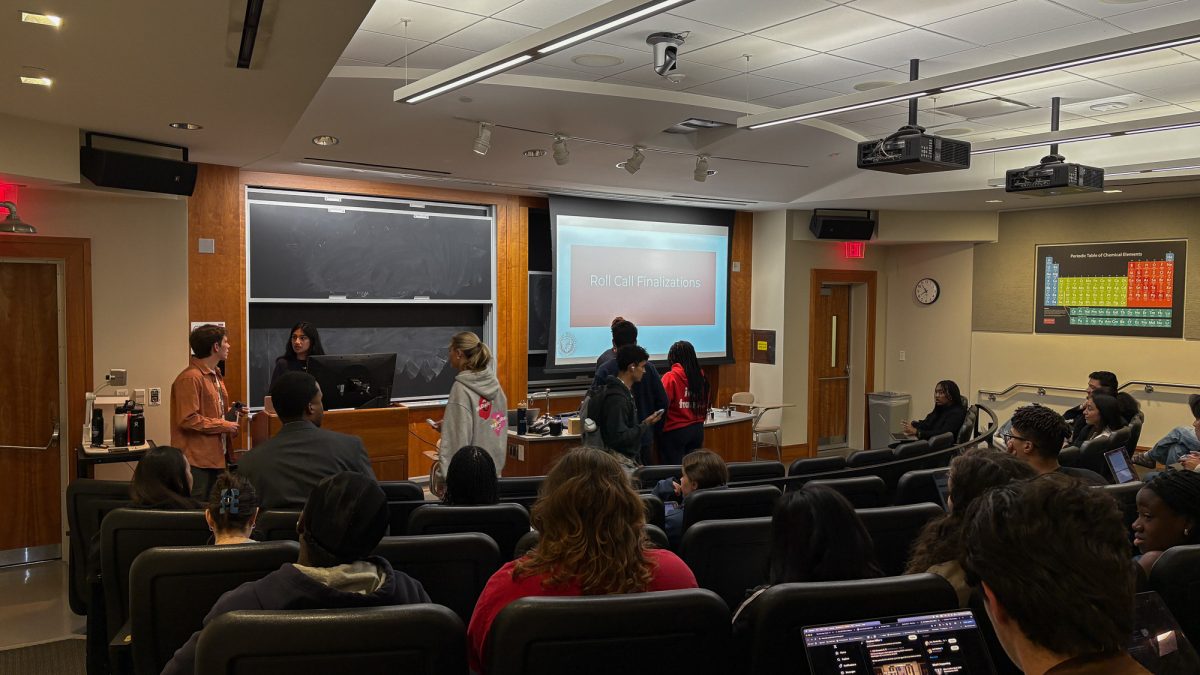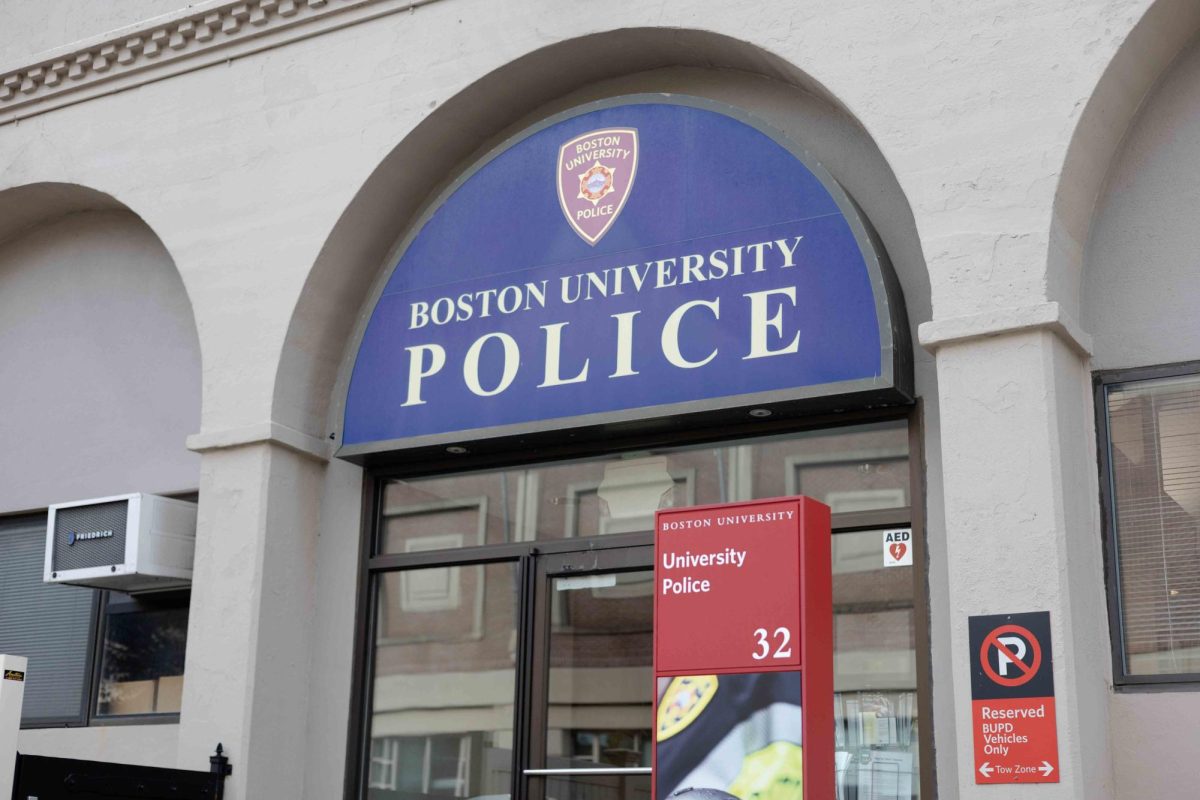A 3.6 magnitude earthquake shook the coast of Massachusetts Sunday morning.

A 3.6 magnitude earthquake, one of the strongest in decades, hit Massachusetts just after 9 a.m. on Sunday. COURTESY OF PIXABAY
The earthquake was centered near New Bedford and had a depth of 10 kilometers. It was felt across parts of Rhode Island, Connecticut and Long Island, N.Y., according to the Massachusetts Emergency Management Agency.
The agency wrote in a tweet Sunday morning that no injuries or damage had been reported.
The U.S. Geological Survey has reported 26 earthquakes with more than a 2.5 magnitude within 50 miles of this earthquake since 1973, according to geophysicist Paul Caruso.
Magnitude is the most common way to measure earthquakes, according to USGS. Sunday’s earthquake’s magnitude of 3.6 falls on the lower end of the magnitude scale, compared to the highest magnitude ever recorded, 9.5.
Earthquakes of this scale are frequent, but usually cause only minor damage, according to a fact sheet from Michigan Technological University.
Alan Kafka, director of the Weston Observatory at Boston College, which measures earthquakes, said this was his first time feeling an earthquake in New England despite having studied quakes in the region for 40 years.
“All of the sudden, I feel something that is like an absolutely huge truck, and my mind goes to, ‘That’s much bigger than the trucks that my wife and I complain about,”’ Kafka said. “I’m sitting there and I’m thinking through everything that I was taught.”
New England’s largest earthquake, occurring in 1755, had a magnitude of about 6 and was centered off the coast of Cape Ann. It was felt throughout New England up to Canada and reached as far enough south as Delaware, Kafka said.
Earthquakes are caused by friction between tectonic plates: large, relatively thin plates that make up the surface of the Earth. Earthquakes tend to be strongest around the boundaries of these plates.
The edge of the North American plate creates a circle of activity, Kafka said, which causes frequent earthquakes in California, Alaska and Haiti.
“Boston University and Boston College are right in the middle of the North American plate,” Kafka said. “It’s almost equidistant all around us are the edges of the plate.”
Human-caused factors such as climate change and fracking have increased the frequency of earthquakes globally, Kafka said. Melting ice caps may have changed the stress field of Earth’s crust, causing an increase in earthquakes, he said.
Being a seismologist, Kafka said he finds earthquakes exciting, though he recognizes they aren’t always seen from his perspective.
“It’s really cool because you study it and all of a sudden you see things happening and you feel it and all that,” Kafka said. “But then, earthquakes cause tragedies and great sadness.”













































































































Philip Read CLA '77 (Freep ME, 1976) • Nov 10, 2020 at 3:55 pm
I recall the cover story of Commonwealth, the BU magazine, back in circa 1976, titled something like “Earthquake in Boston,” how it was some 25 years overdue for a big one. Alas, here we are in 2020. Anyway, all of Back Bay is built on landfill sure to shake more than regular terra-firma in the event of a good-sized quake, meaning those brownstones could, under the right conditions, face substantial damage.